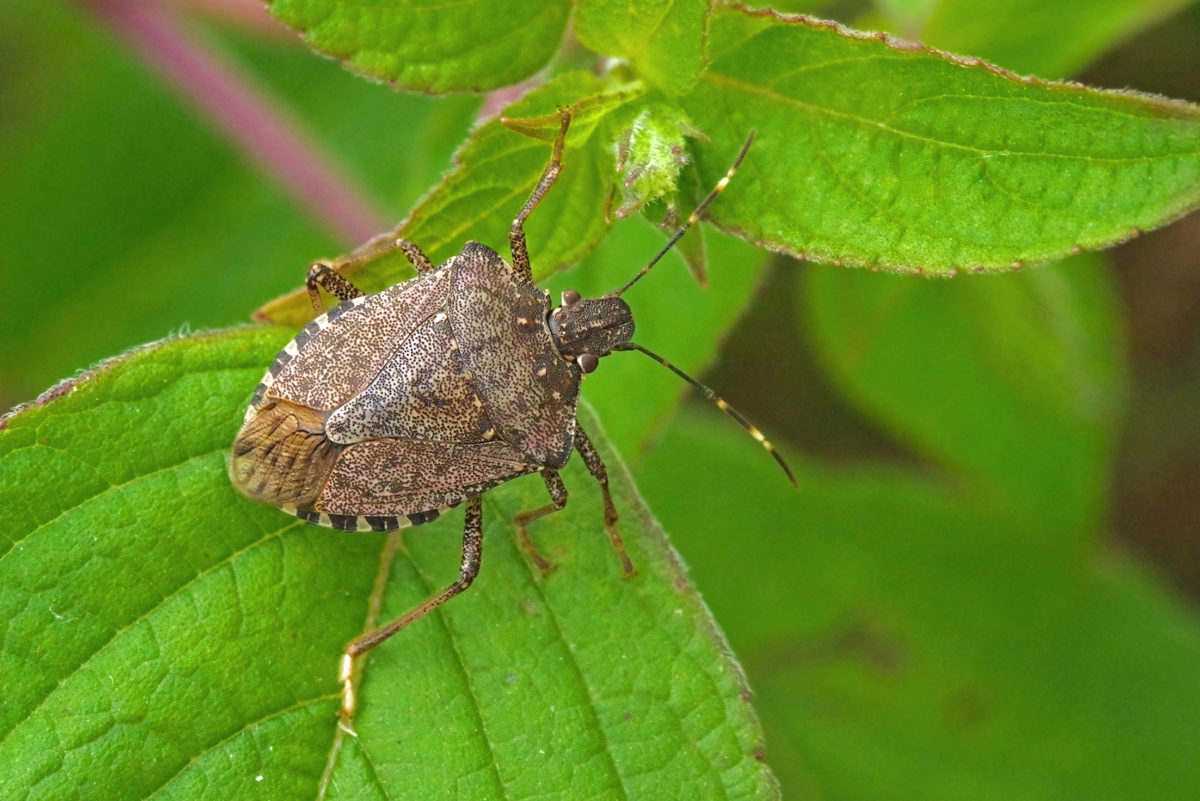The 2021 Biosecurity Awards finalists named today show the huge effort under way to protect New Zealand from pests and diseases.
The 24 finalists named out of a record number of 90 entries include an iwi partnering with local and central government to eradicate wilding pines from their local taonga, Ruawāhia/Mount Tarawera, and a school on Stewart Island/Rakiura whose efforts are keeping Ulva Island pest free.
Biosecurity efforts have even expanded into space, with Xerra Earth Observation Institute’s leading-edge software which is helping protect Aotearoa from pests via international shipping.
Judging panel chairman Dr Ed Massey says the finalists represent a diverse range of individuals, teams, businesses, government agencies, research organisations, iwi, schools, and community groups.
“Judging so many high calibre entries was no easy feat. We saw applications from so many individuals and groups going above and beyond to protect our taonga (precious natural resources) and ensuring New Zealand’s biosecurity is resilient and effective.”
Acting deputy director-general Biosecurity New Zealand Steve Gilbert says the Biosecurity Awards celebrate the outstanding contributions that so many New Zealanders make to safeguard our biosecurity system.
“Now in its fifth year, the awards recognise and celebrate our biosecurity champions. These are people who are stepping up to do something to protect and preserve our environment, primary industries and way of life.
“Their mahi is fundamental in keeping our biosecurity system strong, and in every corner of the country they are putting in the hard yards to ensure we continue to have a world-leading biosecurity system,” he says.
Award winners will be announced at a dinner in Wellington in February 2022.
The Ministerial award recognising contribution to biosecurity over many years and the Supreme Award winner will also be announced on the night.
New Zealand Biosecurity Awards 2021 Finalists
Further details about award finalists – Ko Tātou This Is Us
BioHeritage Challenge Community Award
-
-
- Pest Free Howick Ward
- Eastern Whio Link
- Te Roroa – Te Toa Whenua
-
Māori Award
-
-
- Ruawāhia/Mount Tarawera Wilding Pine Control Project
- Te Roroa – Te Toa Whenua
- Manaaki Te Awanui – Kei hea nga Papaka project
-
Kura (School) Award
-
-
- Lynmore Primary School, Rotorua – Lynmore Hunga Tiaki
- Halfmoon Bay School, Rakiura/Stewart Island
- Howick Schools Moth Plant Competition, Tāmaki Makaurau/ Auckland
-
GIA Industry Award
-
-
- Auckland Airport – Creation of a biosecurity culture and a team of biosecurity champions to make biosecurity matter
- New Zealand Winegrowers – developing biosecurity champions
- Xerra Earth Observation Institute – Starboard: Maritime intelligence to help protect Aotearoa from pests via international shipping
-
Eagle Technology Local and Central Government Award
-
-
- AsureQuality, Ministry for Primary Industries, Flybusters AntiAnts – National Invasive Ant Surveillance programme
- Bay of Plenty Regional Council Marine Biosecurity team
- Northland Regional Council – Project Pest Control
-
Bio-Protection Aotearoa Science Award
-
-
- Scion – Innovation and communication in forest biosecurity
- Cawthron Institute – Aquatic Animal Health Research Programme
- DairyNZ – Dairy Biosecurity Risk Identification and Evaluation Framework (DBRiEF)
-
Mondiale VGL Innovation Award
-
-
- Xerra Earth Observation Institute – Starboard: Maritime intelligence to help protect Aotearoa from pests via international shipping
- Cawthron Institute – Aquatic Animal Health Research Programme
- Bay of Plenty Regional Council – GeoPest
-
AsureQuality Emerging Leader Award
-
-
- Ethan McCormick – Pest Free Howick Ward and Friends of Mangemangeroa
- Patrick Cahill – Cawthron Institute
- Kate Heaphy – Boffa Miskell Ltd
-
Source: Ministry for Primary Industries












